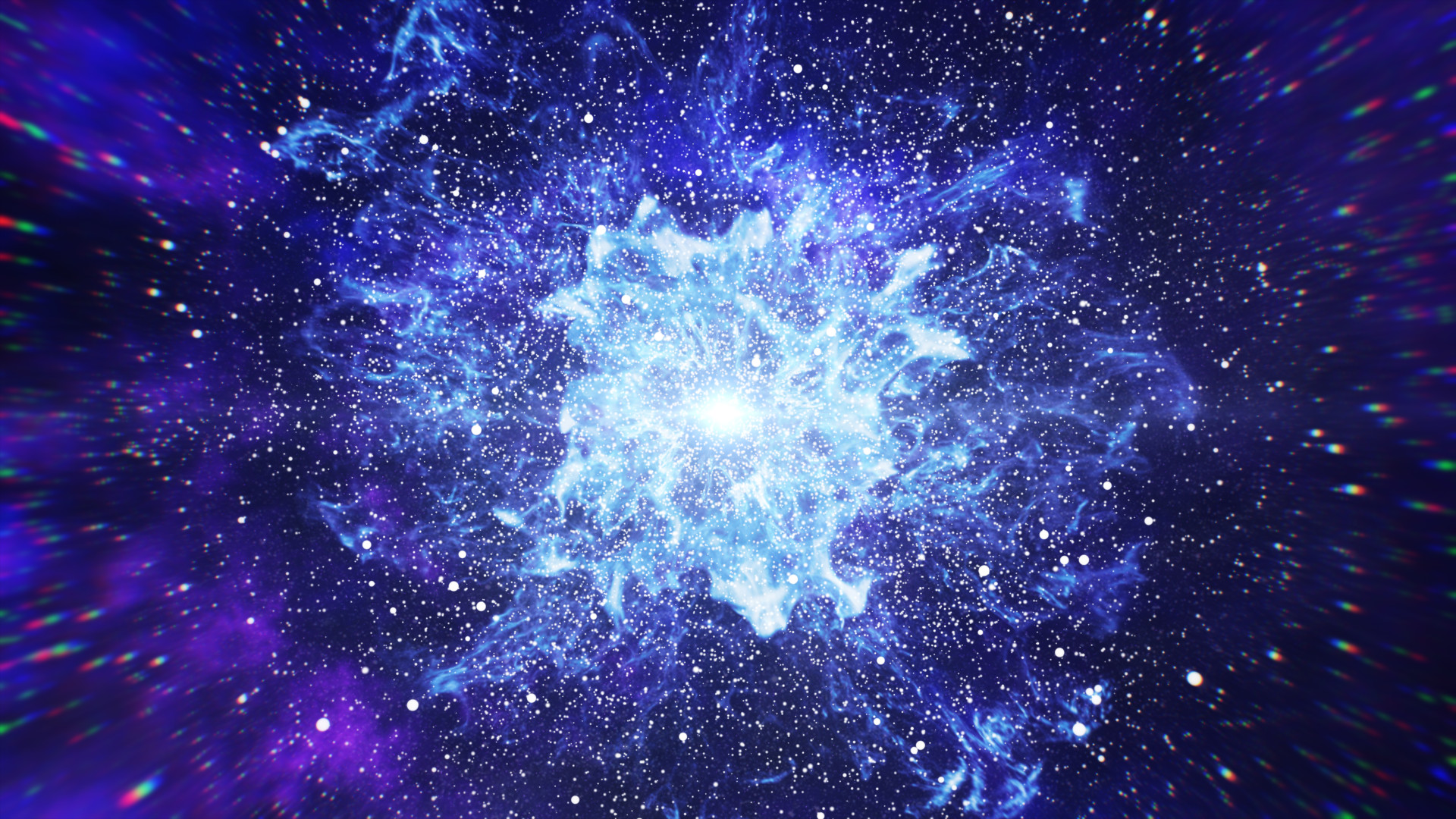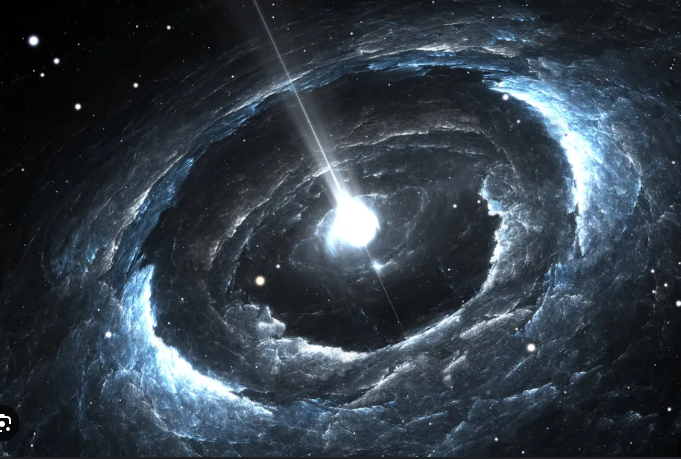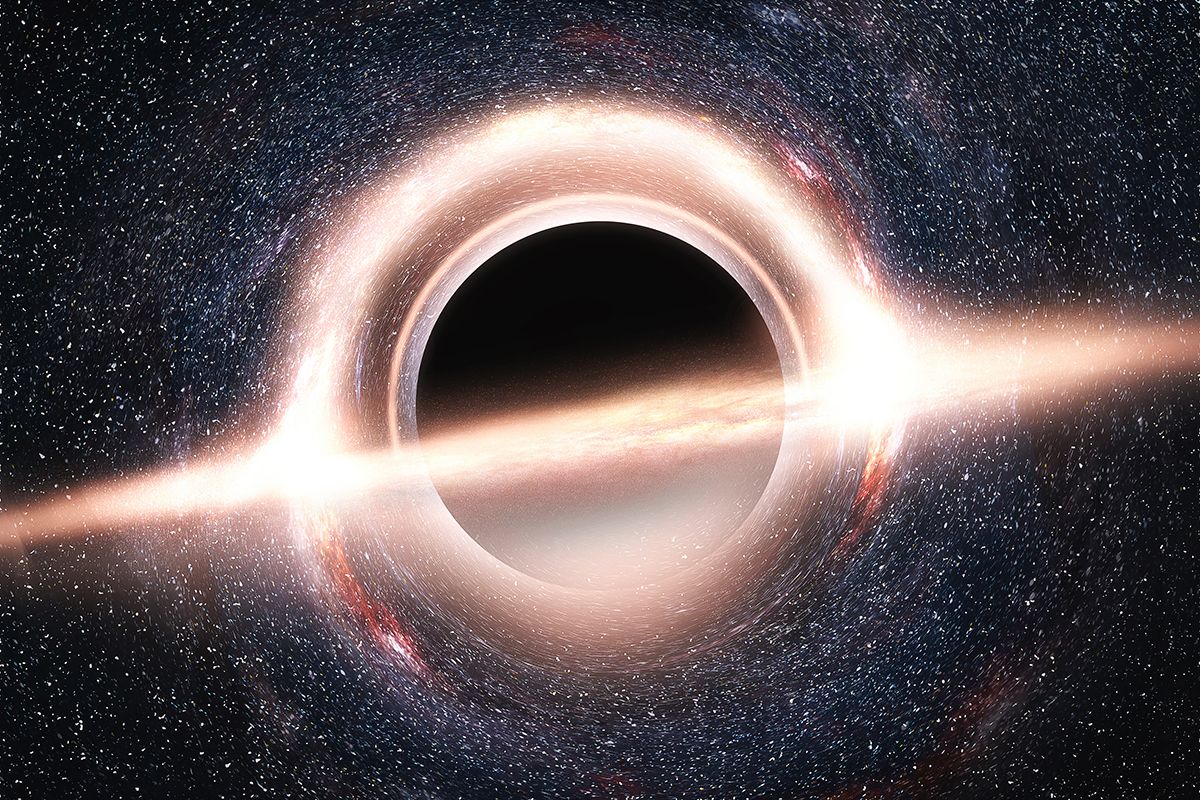
Stage 6a
Supernova
For massive stars, which are larger than 8M☉, after the pressure drops low enough, gravity will suddenly take over and it will collapse in just seconds. The collapse produces something we call a supernova, which is a cataclysmic explosion of a star, marking the end of its life. Supernovae release massive amounts of energy which briefly outshine entire galaxies.

